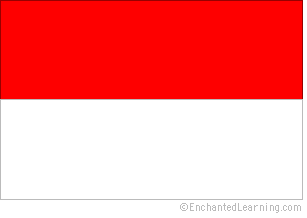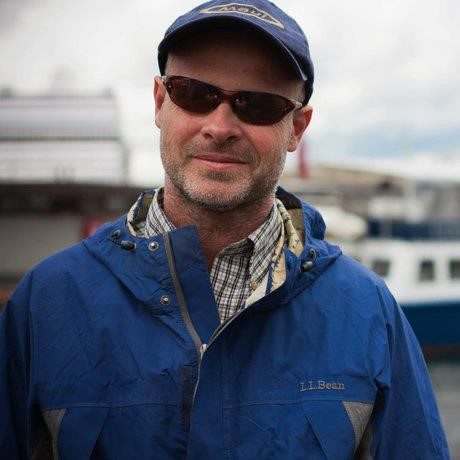Patent Filing Services in Indonesia

Country :- Indonesia | Capital :- Jakarta

Types of Major IP Rights
- By law, there are 2 kinds of patents in Indonesia, namely Patents and Simple Patents – both of them can cover products and processes
Patent Office
Jalan H.R. Rasuna Said, Kav. 8-9
Jakarta Selatan 12940
Phone: +99999999999
Trademark Office
Jalan H.R. Rasuna Said, Kav. 8-9
Jakarta Selatan 12940
Phone: +99999999999
Fact Sheet - PCT National Phase Indonesia
Filing Deadline
Filing Extension Available
Filing Language
Form Requirement
Request For Examination
Mode of Filing
31 Months
Yes, 12 Months
Indonesian
POA and Assignment
Deferred
Digital/Paper
Patent Office
Jalan H.R. Rasuna Said, Kav. 8-9
Jakarta Selatan 12940
Phone: +99999999999
Trademark Office
Jalan H.R. Rasuna Said, Kav. 8-9
Jakarta Selatan 12940
Phone: +99999999999
Types of Major IP Rights
By law, there are 2 kinds of patents in Indonesia, namely Patents and Simple Patents – both of them can cover products and processes
Fact Sheet - PCT National Phase Indonesia
Filing Deadline
Filing Extension Available
Filing Language
Form Requirement
Request For Examination
Mode of Filing
31 Months
Yes, 12 Months
Indonesian
POA and Assignment
Deferred
Digital/Paper
Fees for Patent Activities in Indonesia
Item
Preparing and filing application
Additional claim after 10claims
Description exceeding 30 pages
Translation fee (English to Indonesia)
Translation fee (Chinese to Indonesia)
Disbursement
Professional Fee
430
-
-
-
-
50
Official Fee
120
7
2
20
30
-
* All the fees mentioned here is in US Dollars
Request for Application of Publication
Preparing and filing a request for acceleration of publication
Disbursement
-
130
50
-
50
-
* These fees are subject to change as per the discretion of the patent offices. Get in touch with us to know the exact fee.
TESTIMONIALS
As an independent inventor, figuring out how to address national phase application on time seemed like a daunting task.
I researched at least 10 services and felt a good vibe from the PTE website.
I have found them prompt, communicative, knowledgeable
and concerned about my the future of my invention.
On top of that, all at a fair price.
If you are unsure about choosing this type of service,
I want to let you know that PTE worked for me and if need be, I will contact them in the future.

We work with TPFC on prosecution of Indian patent applications, patent searches and further areas. We appreciate the excellent quality and reliability of TPFC. Also urgent matters are handled to our greatest satisfaction.

I have worked with TPFC on various Trademark search projects and I was much pleased with their excellent work quality, prompt response as well as their competitive pricing. The team was always able to produce quality search report that represents good value for my clients. I am glad to have found a solid TPFC that I can rely on and also, recommend them to others.

I have worked with TPFC for a number of years and have found them reliable. The team is responsive and I would recommend TPFC to others. Hope to growing the relationship further.

I have retained TPFC on several projects and referred several of our clients to them. They are responsive and responsible. TPFC has always come through for me and my clients with timely, effective, and on-point search results.

Previous
Next
Have more questions?
FAQs
Q1. What is the term needed to file a patent application in Indonesia?
Generally, it is advisable to file a patent application with a priority claim within 12 months from the priority date. Furthermore, if an applicant provides evidence of the reason due to which he/she missed the deadline and pays a surcharge, the priority right can be instated within three months.
Q2. How long is the duration of patents in Indonesia?
Taking into consideration the filing date, the duration up to which is a patent is valid in Indonesia is 20 years.
Q3.What are the filing requirements in Indonesia?
In order to acquire a filing date from the patent office in Indonesia, a patent application must include:
- Power of attorney’s signed and scanned copy
- Complete details of the inventor and the applicant
- Patent specification that includes the title of the invention, claims, description, abstract, and drawings, if any.
Q4. What is the method of examining an Indonesian patent application?
Once filed, a patent application generally gets published nearly 18 months after the priority date. Thereafter, there is a 6-month window for any third party to file observations pertaining to the patent application. With regards to a simple patent, the window is three months.
1) Examination
An applicant can file the examination request within 36 months from the filing date. This period pertains to the international phase of a PCT application. In Indonesia, the country’s patent office doesn’t issue a direction to request for examination. While the examiner might perform a fresh search, he/she may depend on any examination reports issued for corresponding applications in Europe, the US, Australia, and others. The basic determinants of examining the patentability of an invention are novelty (absolute), industrial applicability, inventive step, and patentable subject. The list of subject matter that is not considered patent worthy:- Processes or products, use or implementation of which violates the existing rules and regulations, religious morality, public order or ethics;
- Prevention, diagnosis, and treatment methods pertaining to humans and/or animals;
- Theory and methods in the mathematics and science domain;
- Living creatures cannot be patented with an exception to micro-organisms; and
- biological processes that are critical in plant or animal production. (non-biological process or microbiological process are an exception).
ii) Divisional Applications
An applicant can file a divisional application till the time examiner completes the examination of the original application.iii) Acceptance
The examiner issues a patent certification upon ensuring that there are no outstanding issues. It is well worth noting that there is no opposition or re-examination procedure. Third parties can seek to revoke a patent via legal means.SERVICES
National Phase Filing
Network of 800+ associates in 140+ countries
Filing Form Preparation
Accurate form filing at $60 per application
Translation
Check out our coverage and prices
IDS preparation
starting at $45 per IDS
Other services
EP validation, Annuity, Patent drawings
CONTACT US
